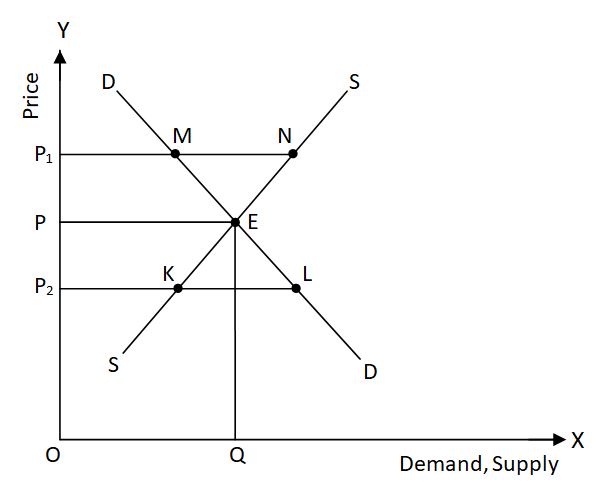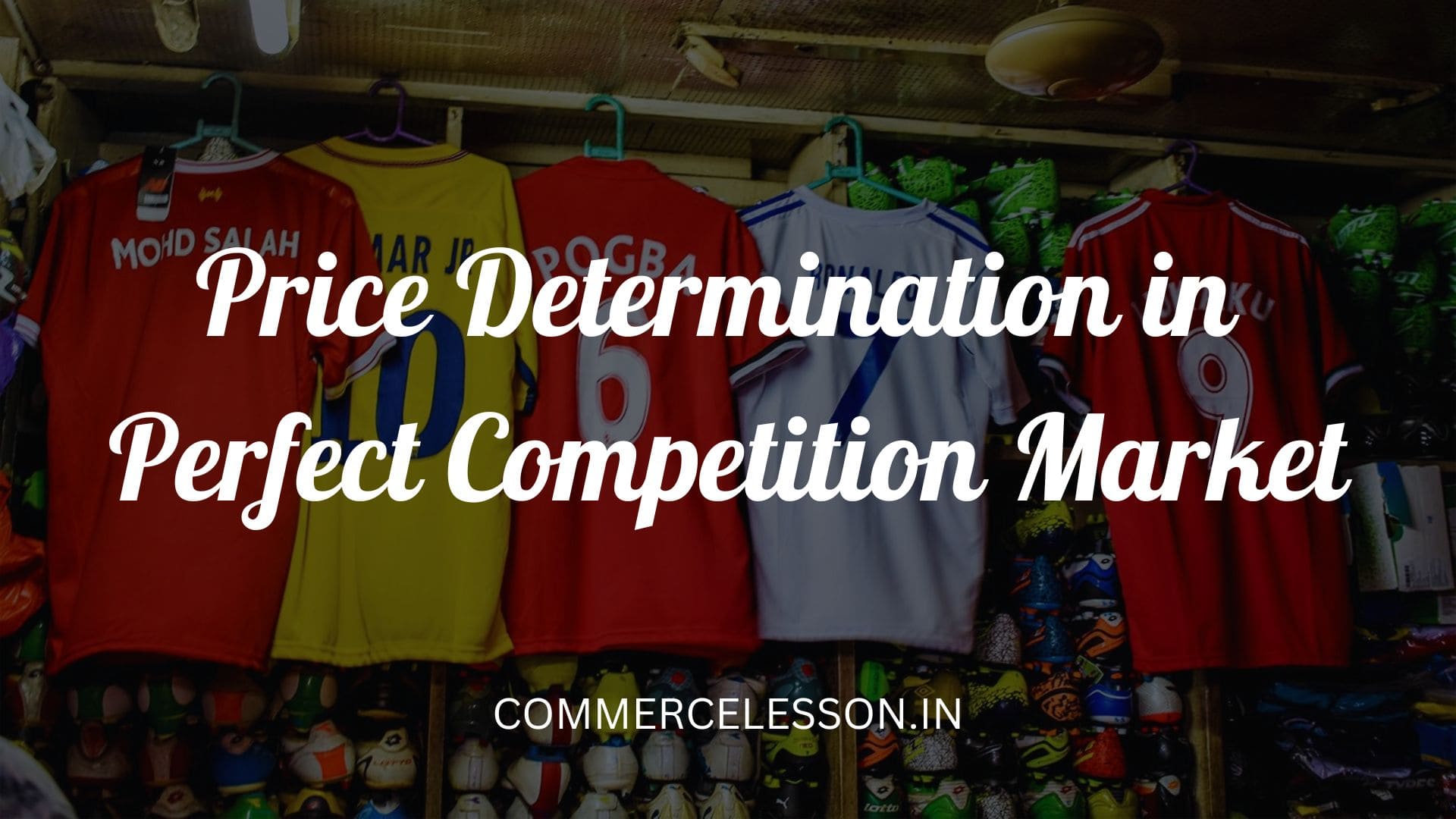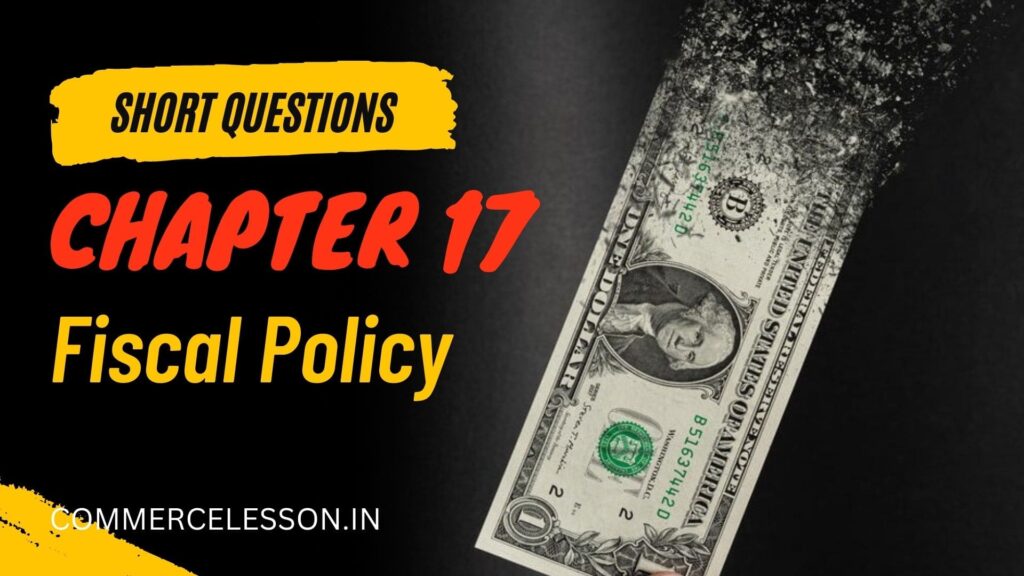Show how the price of a commodity is determined through the interaction of aggregate demand and aggregate supply in a perfectly competitive market.
By competitive market, we mean a market where many buyers and many sellers buy and sell a homogenous product. In such a market, the role of demand function and supply function is very important. Here, Demand function is D = f(P) and Supply function is S = f(P).
In a perfectly competitive market, the equilibrium price is determined by the intersection of demand and supply. In this situation, quantity purchased by buyer and quantity sold by seller is equal to each other i.e. D = S.
The following assumptions can be made to explain how equilibrium price is determined in a perfectly competitive market:
1. Many buyers and many sellers buy and sell goods in this market.
2. Each sweller produces and sells homogenous products.
3. There is free entry and exit of buyers and sellers in this market.
4. Both buyers and sellers are rational and fully aware of the market.
5. The buyers’ objective is to buy the product at a low price and get satisfaction and the sellers’ objective is to sell at a high price and make a profit.
Based on the above assumptions, the equilibrium price is determined at the intersection of the aggregate demand and aggregate supply shown in the following diagram.

The diagram shows the supply and demand of the product on the OX axis and the price on the OY axis. DD and SS are the demand and supply curves of the product respectively. When the price of the good is OP1, the quantity demanded is P1M and quantity supplied is P1N. In this case, supply is greater than demand (S > D) because prices are high. Now price (P) will continue to fall as competition between sellers intensifies. If the price falls to OP2, quantity demanded increases to P2L, but quantity supplied decreases to P2K. In this case, demand is more than supply (D > S) due to a decrease in price. As a result, the price will again move upwards i.e. the price will rise to OP from OP2. Since demand and supply are equal (D = S) at OP price, the DD and SS curves intersect at point E. In this case, OP is the equilibrium price and OQ is the quantity demanded and supplied. At this OP price, buyers and sellers are willing to trade. It is called the stable equilibrium in a perfectly competitive market.
Like our post?
We are available with lots and lots of commerce-related content.
Follow us on Facebook and Youtube





[…] Price Determination in Perfect Competition Market […]
[…] Answer: Click here […]